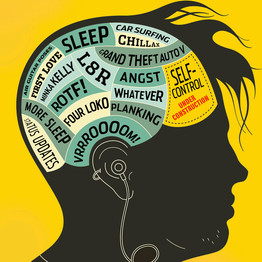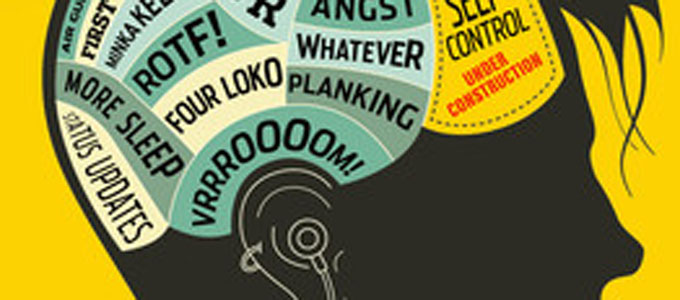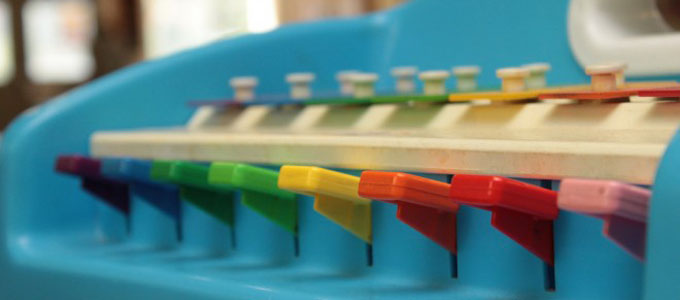In the 1940’s, Anna Freud described adolescence as ‘developmental psychopathology.’ Parents of teenagers frequently will describe their sweet children as having become alien. This article provides additional insight into this developmental period by exploring the interactional parts of the brain. One of the most potent lines, “If you think of the teenage brain as a car, today’s adolescents acquire an accelerator a long time before they can steer and brake” brings us up to date with current adolescents and their fascination/obsession with the immediacy of information. This can be said to affect their sense of reality making the demand for immediate gratification even stronger.
 “What’s Wrong With the Teenage Mind?”Alison Gopnik | January 28, 2012 “What was he thinking?” It’s the familiar cry of bewildered parents trying to understand why their teenagers act the way they do. How does the boy who can thoughtfully explain the reasons never to drink and drive end up in a drunken crash? Why does the girl who knows all about birth control find herself pregnant by a boy she doesn’t even like? What happened to the gifted, imaginative child who excelled through high school but then dropped out of college, drifted from job to job and now lives in his parents’ basement?  If you think of the teenage brain as a car, today’s adolescents acquire an accelerator a long time before they can steer and brake. Adolescence has always been troubled, but for reasons that are somewhat mysterious, puberty is now kicking in at an earlier and earlier age. A leading theory points to changes in energy balance as children eat more and move less. At the same time, first with the industrial revolution and then even more dramatically with the information revolution, children have come to take on adult roles later and later. Five hundred years ago, Shakespeare knew that the emotionally intense combination of teenage sexuality and peer-induced risk could be tragic—witness “Romeo and Juliet.” But, on the other hand, if not for fate, 13-year-old Juliet would have become a wife and mother within a year or two. Our Juliets (as parents longing for grandchildren will recognize with a sigh) may experience the tumult of love for 20 years before they settle down into motherhood. And our Romeos may be poetic lunatics under the influence of Queen Mab until they are well into graduate school. What happens when children reach puberty earlier and adulthood later? The answer is: a good deal of teenage weirdness. Fortunately, developmental psychologists and neuroscientists are starting to explain the foundations of that weirdness. The crucial new idea is that there are two different neural and psychological systems that interact to turn children into adults. Over the past two centuries, and even more over the past generation, the developmental timing of these two systems has changed. That, in turn, has profoundly changed adolescence and produced new kinds of adolescent woe. The big question for anyone who deals with young people today is how we can go about bringing these cogs of the teenage mind into sync once again. The first of these systems has to do with emotion and motivation. It is very closely linked to the biological and chemical changes of puberty and involves the areas of the brain that respond to rewards. This is the system that turns placid 10-year-olds into restless, exuberant, emotionally intense teenagers, desperate to attain every goal, fulfill every desire and experience every sensation. Later, it turns them back into relatively placid adults… |






